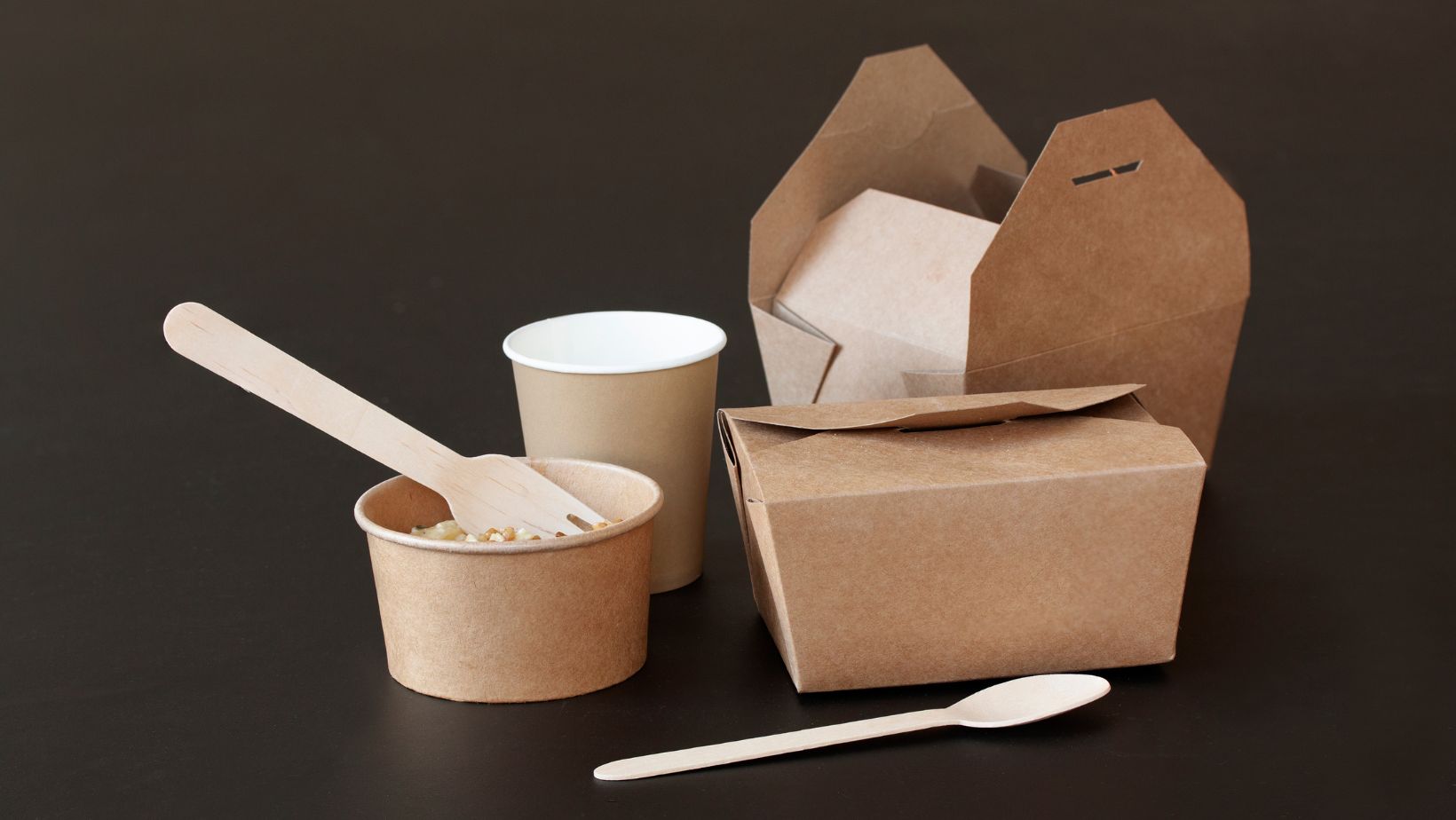The importance of finding sustainable solutions has never been greater, given the current state of the world’s environment. Packaging, a seemingly harmless component of our everyday lives that plays a big role in the global waste dilemma, is one of the areas that has come under increasing assessment in recent years.
The rise of eco friendly packaging is bringing a new product era. It’s changing how things are made, used, and thrown away.
The Problem with Conventional Packaging
Conventional packaging, relying on plastic and non-recyclable materials, has become synonymous with environmental degradation. The staggering amount of plastic waste accumulating in landfills and oceans has triggered a collective realization that a shift is imperative.
Packaging waste, comprising everything from single-use plastic bags to blister packs, contributes significantly to the global pollution problem. The urgent need to address this issue has led to the emergence of eco-friendly packaging as a promising solution.
What is Eco-Friendly Packaging?
Eco-friendly packaging is an innovative approach that seeks to minimize the environmental impact of packaging materials and practices throughout a product’s lifecycle.

It encompasses various principles, such as reducing the use of non-renewable resources, promoting recyclability, and prioritizing biodegradability. The goal is to create packaging solutions that harmonize with nature rather than disrupt it.
Key Features of Eco-Friendly Packaging
If you think of eco-friendly packaging, what comes to your mind? Is it nature? Listed here are the main benefits of using packing that is good for the environment in your daily life.
Biodegradability and Compostability
Eco-friendly packaging often employs materials that can break down naturally, reducing the burden on landfills and ecosystems. Materials like bioplastics from renewable sources like cornstarch can be composted with organic waste, returning nutrients to the soil.
Minimalism and Efficiency
Packaging waste is often a result of excessive materials used in design. Eco-friendly packaging champions minimalism, opting for efficient designs that maintain product integrity while using fewer resources.
Alternative Materials
Reusable Packaging
Eco-friendly packaging includes the concept of reusability. Containers designed for multiple uses decrease the demand for single-use items, reducing waste generation.
Benefits of Eco-Friendly Packaging
Eco-friendly packaging has a lot of good things about it. Here are five good reasons why:
Reduced Environmental Footprint
By embracing biodegradability and recyclability, eco-friendly packaging significantly reduces the environmental impact of traditional packaging materials.
Resource Conservation
Using renewable resources in eco-friendly packaging minimizes the strain on non-renewable resources like petroleum, contributing to long-term sustainability.
Consumer Appeal
Consumers become more environmentally conscious and drawn to products that align with their values. Eco-friendly packaging can enhance a brand’s image and attract a growing demographic of eco-conscious consumers.
Innovation and Market Differentiation
Embracing sustainable packaging drives innovation within the industry. Companies that adopt eco-friendly solutions can differentiate themselves in a crowded marketplace, potentially gaining a competitive edge.
Regulatory Compliance
With governments worldwide enacting stricter regulations on packaging waste, businesses that proactively adopt eco-friendly packaging are better positioned to comply with evolving legal requirements.
Challenges and Future Prospects
While eco-friendly packaging holds immense promise, it’s not without its challenges. The initial investment required to transition from conventional packaging can be a barrier for some businesses, especially smaller ones. In addition, ensuring the widespread availability of recycling facilities and composting systems is essential for the success of these initiatives.
However, the trajectory is encouraging. Many major corporations embrace eco-friendly packaging in their corporate social responsibility efforts. Collaborations between packaging manufacturers, innovators, and governments drive the development of scalable and cost-effective solutions.

The growing consumer demand for sustainable products also compels businesses to reevaluate their packaging strategies.
In the future, integrating technology could further enhance the efficacy of eco-friendly packaging. Smart packaging that monitors product freshness provides information to consumers and even assists in waste sorting could become commonplace. 3D printing might allow for customized packaging that fits products perfectly, reducing the need for excess material.
Paving the Path to Sustainable Product Design and Consumption
Eco-friendly packaging is not just a trend; it’s a fundamental shift in how people approach product design and consumption. As the environmental consequences of conventional packaging become more apparent, the urgency to adopt sustainable alternatives intensifies.
The journey toward a future defined by eco-friendly packaging requires collaboration among industries, governments, and consumers. By redefining packaging practices, you can create a world where products and their environmental impact are intricately intertwined in a way that benefits both people and the planet.
My name is Andrea Thompson and I’m a home based freelance writer. I’m 23 years old, married to my best friend, and mother to a wonderfully independent and opinionated 3 year old girl and step-mother to a sweet seven year old boy. I live in a tiny, little town in Kentucky, where I spend my free time fishing with my kids.
Writing has always been my passion, which I followed through high school, and for a while in college. Life happened, and once I discovered we were pregnant, I switched directions; opting for the healthcare industry because of the stability.
Finally, years later, I was in a place where I could leave the day job that never truly made me happy, and pursue my dreams. I’ve built, and am still building, my writing career from scratch. But, I’m passionate and I’m good at what I do. And, in the end, I can prove to my daughter that she can do anything she wants with this life.





